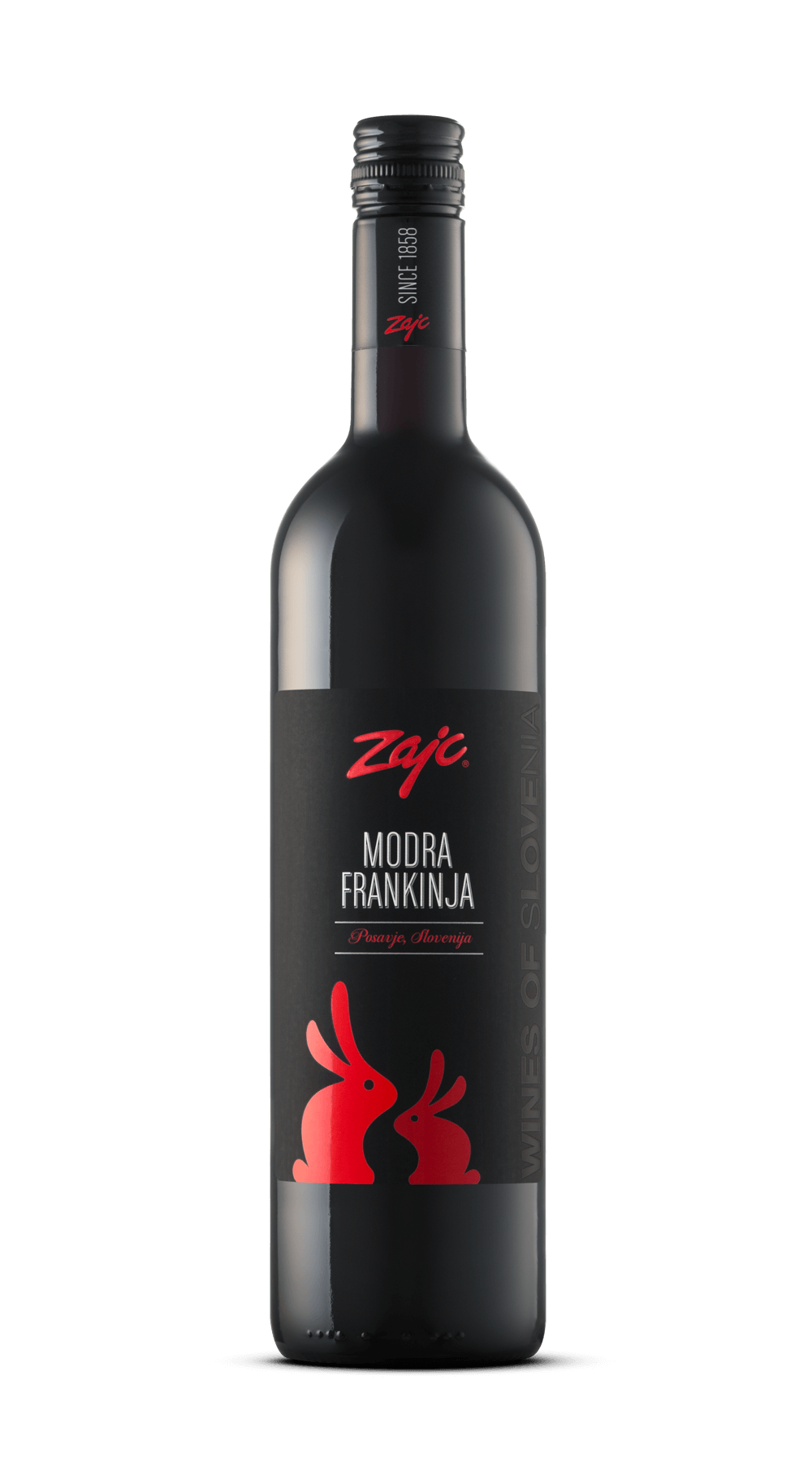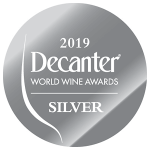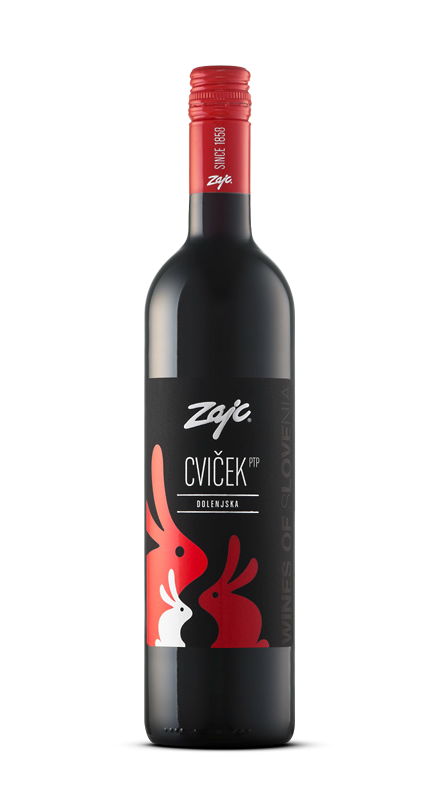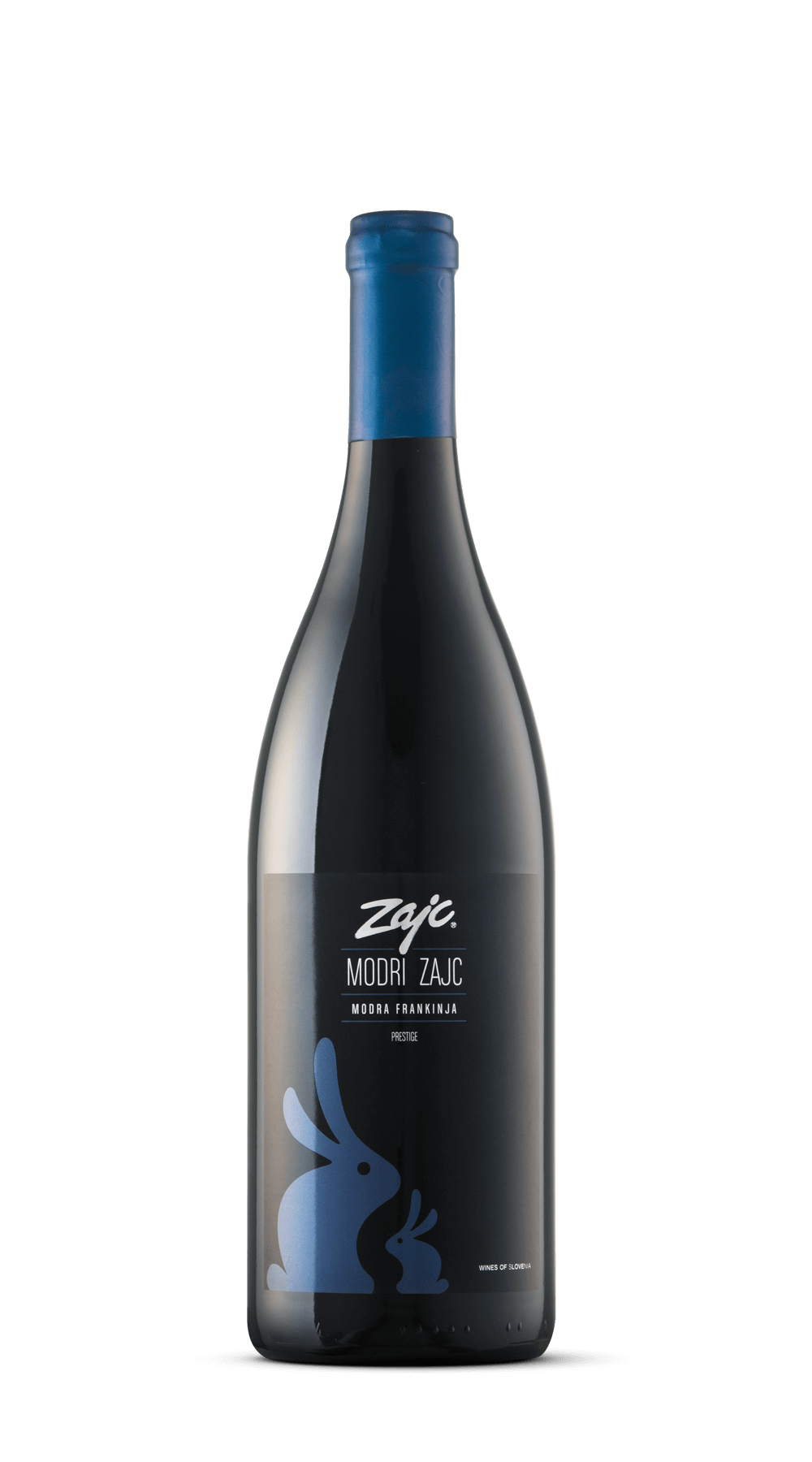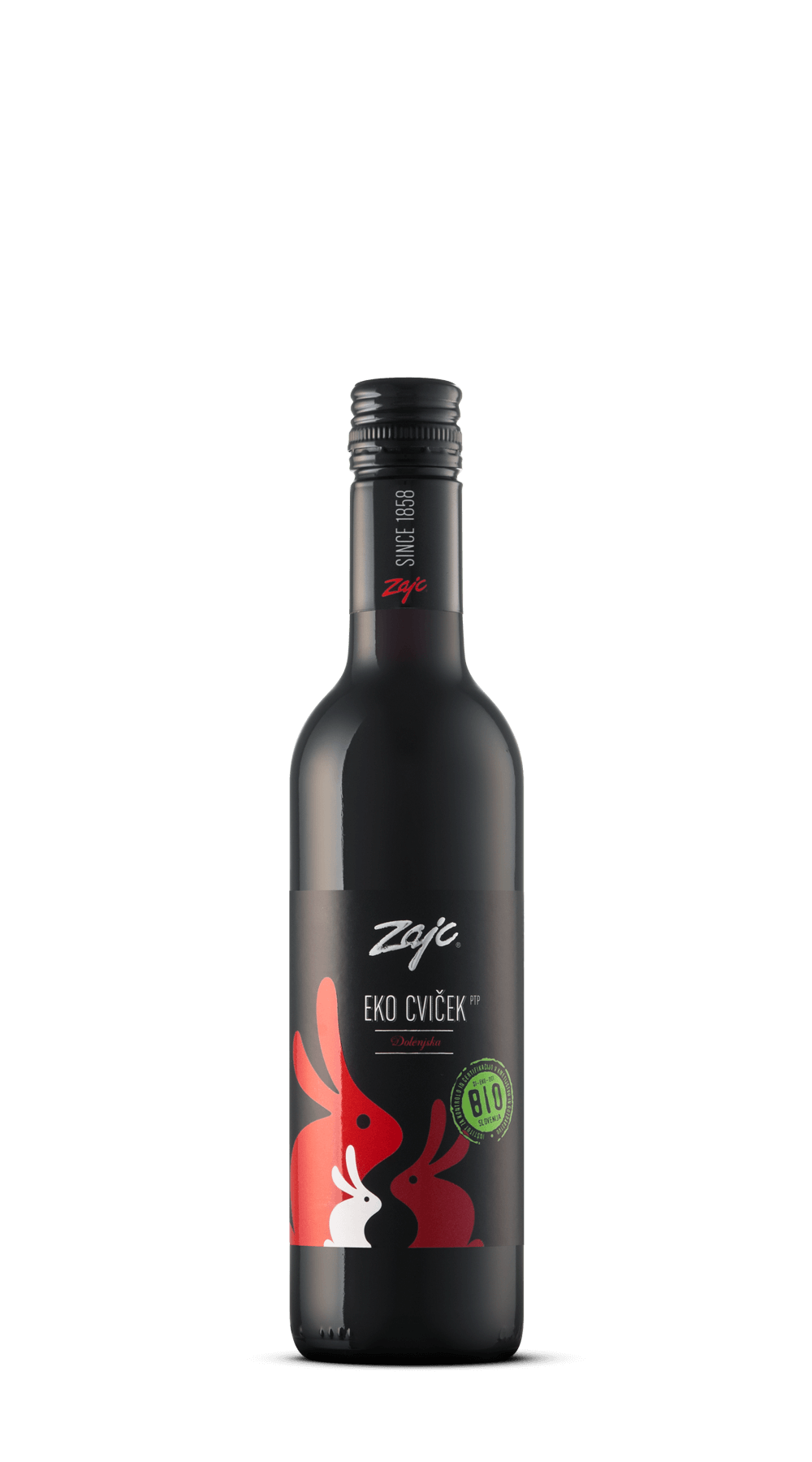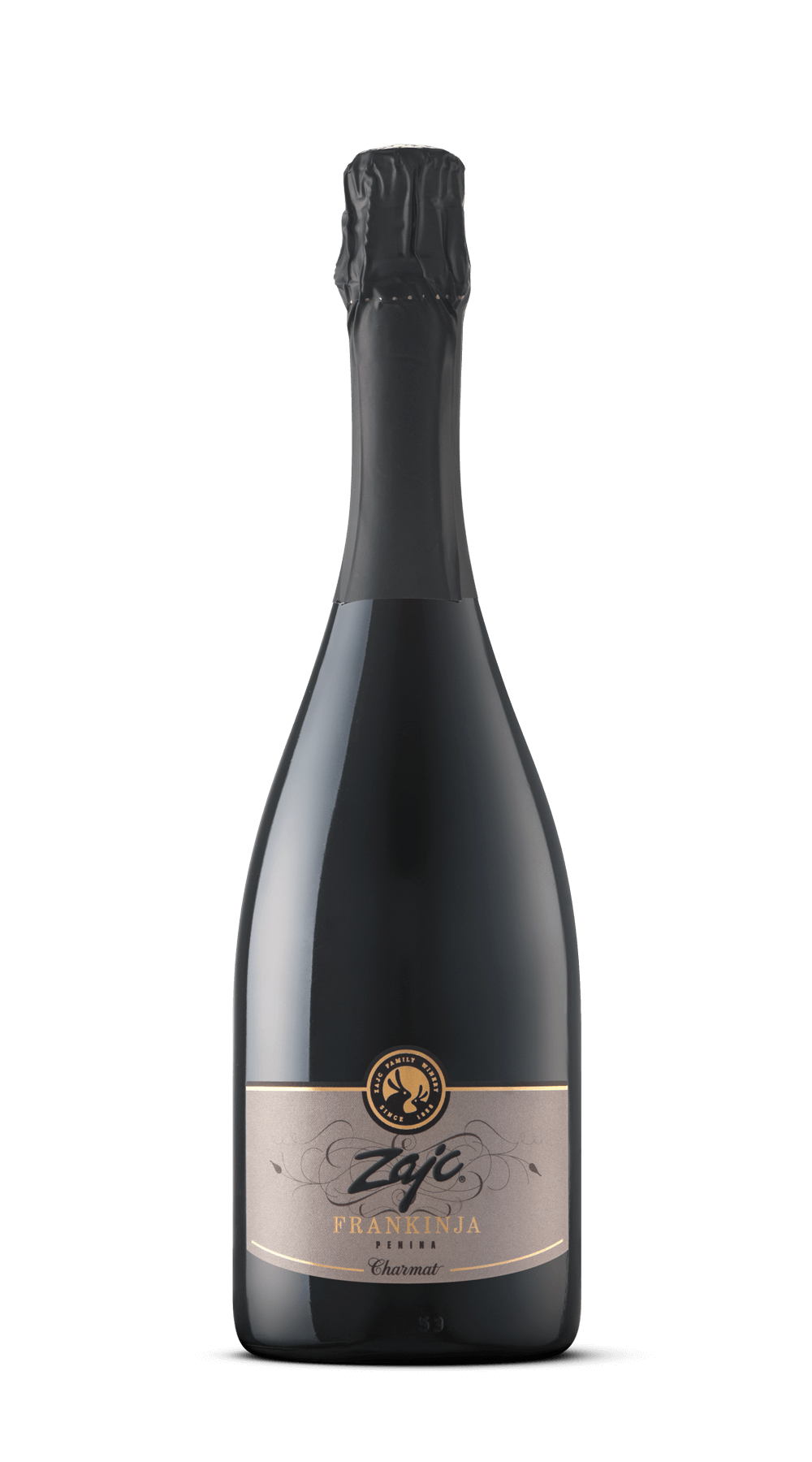Blaufränkisch
Bottle size: 0,75 L
Vintage: 2018
Explosion of fruit flavours. It prides itself with nice freshness, drinkability and deep purple colour. Blaufränkisch is wine of the future. It has the highest rate of resveratrol of all wines.
Distinctive colour and taste
Although it slips down the throat lightly it is not simple for it prides itself with its strong character, deep taste and intensive colour. Blaufränkisch Zajc expresses its youthful playfulness with vivid ruby-red colour and its bouquet resembles small fruits of the forest. They express themselves even more in the wine's taste, especially bramble and mulberry-like flavour. With years it gains its typical maturing fragrance.
Beneficial effects on well-being
Blaufränkisch is distinguished with high content of resveratrol, antioxidant which has beneficial effects on our well-being and health.
